« Return to all search results
Title Search Results
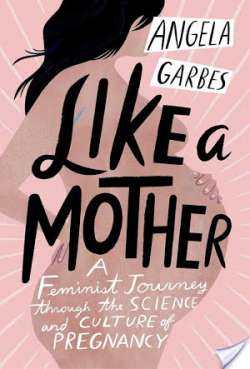
A candid, feminist, and personal deep dive into the science and culture of pregnancy and motherhood Like most first-time mothers, Angela Garbes was filled with questions when she became pregnant. What exactly is a placenta and how does it function? How does a body go into labor? Why is breast best? Is wine totally off-limits? But as she soon discovered, it’s not easy to find satisfying answers. Your obstetrician will cautiously quote statistics; online sources will scare you with conflicting and often inaccurate data; and even the most trusted books will offer information with a heavy dose of judgment. To educate herself, the food and culture writer embarked on an intensive journey of exploration, diving into the scientific mysteries and cultural attitudes that surround motherhood to find answers to questions that had only previously been given in the form of advice about what women ought to do—rather than allowing them the freedom to choose the right path for themselves. In Like a Mother, Garbes offers a rigorously researched and compelling look at the physiology, biology, and psychology of pregnancy and motherhood, informed by in-depth reportage and personal experience. With the curiosity of a journalist, the perspective of a feminist, and the intimacy and urgency of a mother, she explores the emerging science behind the pressing questions women have about everything from miscarriage to complicated labors to postpartum changes. The result is a visceral, full-frontal look at what’s really happening during those nine life-altering months, and why women deserve access to better care, support, and information. Infused with humor and born out of awe, appreciation, and understanding of the female body and its strength, Like a Mother debunks common myths and dated assumptions, offering guidance and camaraderie to women navigating one of the biggest and most profound changes in their lives.
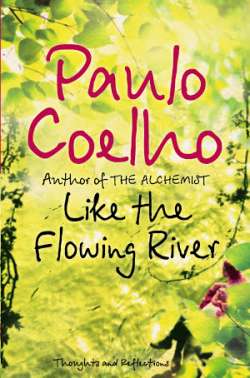
A breathtaking collection of reflections from one of the world's best loved storytellers, Paulo Coelho.
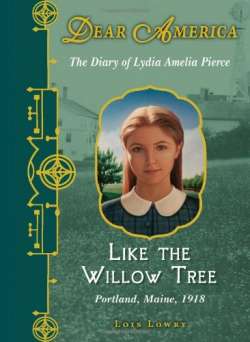
After being orphaned during the influenza epidemic of 1918, eleven-year-old Lydia Pierce and her fourteen-year-old brother are taken by their grieving uncle to be raised in the Shaker community at Sabbathday Lake. Includes author's note about the Shakers.
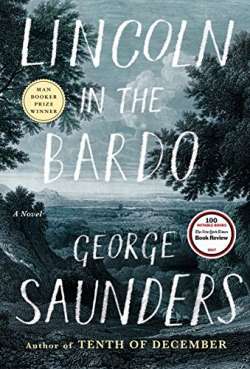
Lincoln in the Bardo is a moving and original father-son story featuring none other than Abraham Lincoln, as well as an unforgettable cast of supporting characters, living and dead, historical and invented. The story starts when the Civil War is less than one year old. The fighting has begun in earnest, and the nation has begun to realize it is in for a long, bloody struggle. Meanwhile, President Lincoln's beloved eleven-year-old son, Willie, lies upstairs in the White House, gravely ill. From that seed of historical truth, George Saunders spins an unforgettable story of familial love and loss that breaks free of its realistic, historical framework into a supernatural realm both hilarious and terrifying. In a matter of days, despite predictions of a recovery, Willie dies and is laid to rest in a Georgetown cemetery. Willie Lincoln finds himself in a strange purgatory where ghosts mingle, gripe, commiserate, quarrel, and enact bizarre acts of penance. Within this transitional state—called, in the Tibetan tradition, the bardo—a monumental struggle erupts over young Willie's soul.
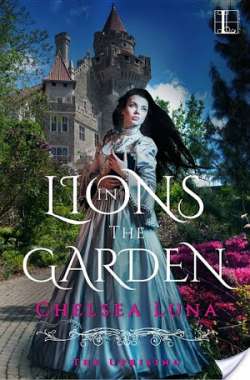
Prague, 1610 Ludmila Novakova--Mila--has barely set foot outside Prague Castle in her seventeen years. But with the choice between braving the bandits and wolves of Bohemia's uneasy roads or being married off to a disgusting old baron, she's taken what she can carry and fled. Escape won't be easy. Even Mila has heard the rumors of a rebellion coming against the court. The peasants are hungry. The king hasn't been seen in months. Mila's father, the High Chancellor, is well known and well hated. But Mila can't sit behind a stone wall and let fear force her into a life of silk gowns and certain misery. Her mother's death has taught her that much. She has one ally: Marc, the son of the blacksmith. A commoner, a Protestant--and perhaps a traitor, too. But the farther she gets from the castle, the more lies she uncovers, unraveling everything she thought she knew. And the harder it is to tell friend from enemy--and wrong from right . . .

The Ingalls family travels from the big woods of Wisconsin to a new home on the prairie where they build a house, meet neighboring Indians, build a well, and fight a prairie fire. Reissue.
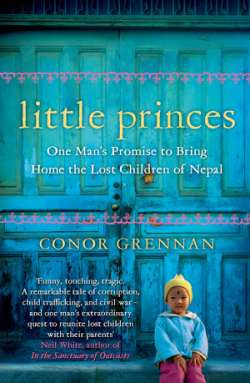
The riveting story of Conor Grennan's year in Nepal reads like a cross between Into Thin Air and Three Cups of Tea. While volunteering at an orphanage, Conor discovers that the children are not orphans: they are trafficked. Despite the danger, Conor treks up dirt paths with photographs of the children, miraculously reuniting dozens of families.
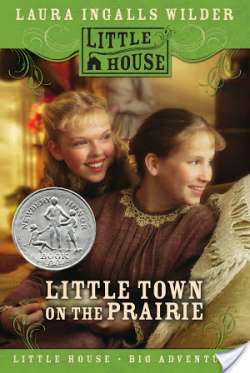
Laura spends her fifteenth summer working hard to help send Mary to a college for the blind.
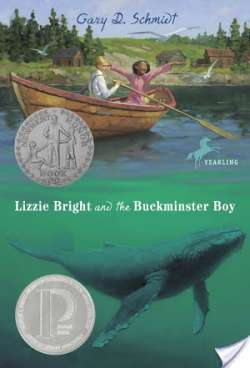
Turner Buckminster hates his new home of Phippsburg, Maine, but things improve when he meets Lizzie Bright Griffin, a girl from a poor island community founded by slaves that the town fathers want to change into a tourist spot.
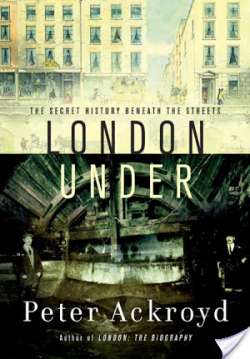
In this vividly descriptive short study, Peter Ackroyd tunnels down through the geological layers of London, meeting the creatures that dwell in darkness and excavating the lore and mythology beneath the surface. There is a Bronze Age trackway below the Isle of Dogs, Anglo-Saxon graves rest under St. Pauls, and the monastery of Whitefriars lies beneath Fleet Street. To go under London is to penetrate history, and Ackroyd's book is filled with the stories unique to this underworld: the hydraulic device used to lower bodies into the catacombs in Kensal Green cemetery; the door in the plinth of the statue of Boadicea on Westminster Bridge that leads to a huge tunnel packed with cables for gas, water, and telephone; the sulphurous fumes on the Underground's Metropolitan Line. Highly imaginative and delightfully entertaining, London Under is Ackroyd at his best.
